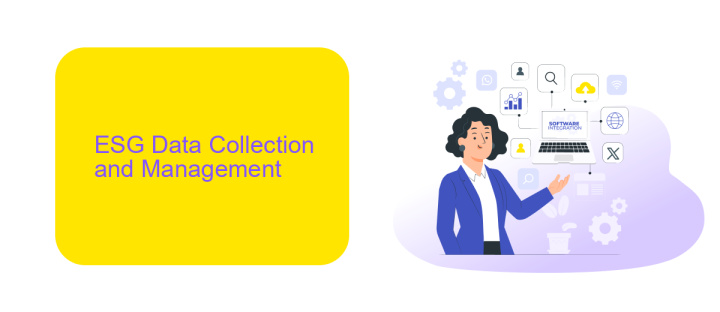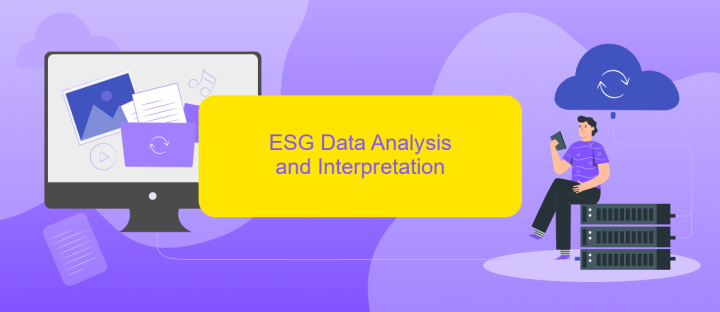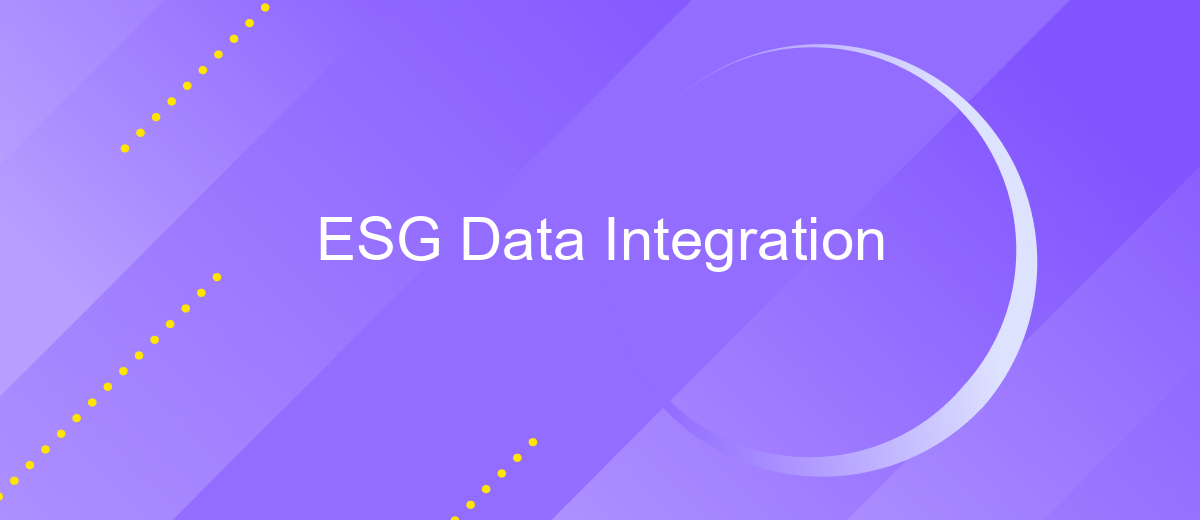ESG Data Integration
Integrating Environmental, Social, and Governance (ESG) data into business strategies is becoming increasingly crucial in today's corporate landscape. As stakeholders demand greater transparency and accountability, companies are leveraging ESG metrics to drive sustainable growth and enhance long-term value. This article explores the significance of ESG data integration, its benefits, and the best practices for embedding ESG considerations into organizational frameworks.
Introduction
Environmental, Social, and Governance (ESG) data integration has become a critical aspect for businesses aiming to enhance their sustainability and transparency. By incorporating ESG criteria into their decision-making processes, companies can better manage risks and capitalize on opportunities related to environmental and social governance issues.
- Improved risk management
- Enhanced corporate reputation
- Increased investor interest
- Better regulatory compliance
To streamline the integration of ESG data, companies can utilize automated services like ApiX-Drive. This platform allows seamless connection and synchronization of various data sources, ensuring that ESG metrics are accurately captured and reported. By leveraging such tools, organizations can efficiently manage their ESG initiatives and drive sustainable growth.
ESG Data Collection and Management

Effective ESG data collection and management are crucial for organizations aiming to enhance their sustainability practices. This process involves gathering data from various sources, including internal systems, external databases, and stakeholder reports. Ensuring data accuracy and consistency is paramount, which can be achieved through automated data collection tools and regular audits. Organizations should establish clear protocols for data entry, validation, and storage to maintain the integrity of ESG information.
To streamline ESG data integration, services like ApiX-Drive can be invaluable. ApiX-Drive enables seamless connectivity between different data sources and platforms, automating the data transfer process and reducing the risk of human error. By leveraging such services, organizations can efficiently manage their ESG data, ensuring it is readily available for analysis and reporting. This not only enhances transparency but also supports informed decision-making, driving better ESG performance and compliance with regulatory requirements.
ESG Data Analysis and Interpretation

Effective ESG data analysis and interpretation are crucial for organizations aiming to align with sustainable and responsible investing principles. The process involves examining environmental, social, and governance data to identify trends, assess risks, and uncover opportunities that may impact long-term financial performance.
- Data Collection: Gather ESG data from various sources, including company reports, third-party databases, and real-time monitoring systems.
- Data Cleaning: Ensure the data is accurate, consistent, and free from errors, which is essential for reliable analysis.
- Data Integration: Use tools like ApiX-Drive to seamlessly integrate ESG data from multiple platforms, enabling a holistic view of the information.
- Data Analysis: Apply statistical and analytical methods to interpret the data, identifying key metrics and trends.
- Reporting: Generate comprehensive reports that communicate findings to stakeholders, helping them make informed decisions.
By leveraging advanced integration services like ApiX-Drive, organizations can streamline the ESG data analysis process, ensuring that they have access to accurate and timely information. This not only enhances transparency but also supports better decision-making, ultimately driving sustainable growth and compliance with ESG standards.
ESG Data Integration into Decision-Making

Integrating ESG data into decision-making processes is essential for organizations aiming to achieve sustainable growth and meet regulatory requirements. ESG data encompasses environmental, social, and governance factors that provide a comprehensive view of an organization's impact and risk profile. By incorporating this data, companies can make more informed decisions that align with their sustainability goals.
Effective ESG data integration involves several steps. First, organizations need to identify the relevant ESG metrics that are material to their operations. Next, they must establish a reliable data collection and reporting framework. This can be facilitated by using tools and platforms that streamline data aggregation and analysis, such as ApiX-Drive.
- Identify relevant ESG metrics
- Establish a data collection framework
- Utilize tools like ApiX-Drive for data integration
- Analyze and report ESG data
- Incorporate findings into decision-making processes
By following these steps, organizations can ensure that ESG considerations are embedded into their strategic planning and operational decisions. This not only enhances transparency and accountability but also drives long-term value creation and resilience in an increasingly complex business environment.


Conclusion
Integrating ESG data into business processes is essential for organizations aiming to achieve sustainable growth and meet regulatory requirements. By leveraging comprehensive ESG metrics, companies can make informed decisions that align with environmental, social, and governance goals. This integration not only enhances transparency and accountability but also drives long-term value creation for stakeholders.
Utilizing advanced tools and platforms, such as ApiX-Drive, can significantly streamline the ESG data integration process. ApiX-Drive offers seamless connectivity between various data sources and business applications, ensuring that relevant ESG metrics are accurately captured and analyzed. By adopting such solutions, organizations can efficiently manage their ESG data, leading to improved performance, risk management, and compliance with global standards.
FAQ
What is ESG data integration?
Why is ESG data integration important?
What are the challenges in ESG data integration?
How can I automate ESG data integration?
What should I consider when choosing an ESG data integration tool?
Apix-Drive will help optimize business processes, save you from a lot of routine tasks and unnecessary costs for automation, attracting additional specialists. Try setting up a free test connection with ApiX-Drive and see for yourself. Now you have to think about where to invest the freed time and money!

